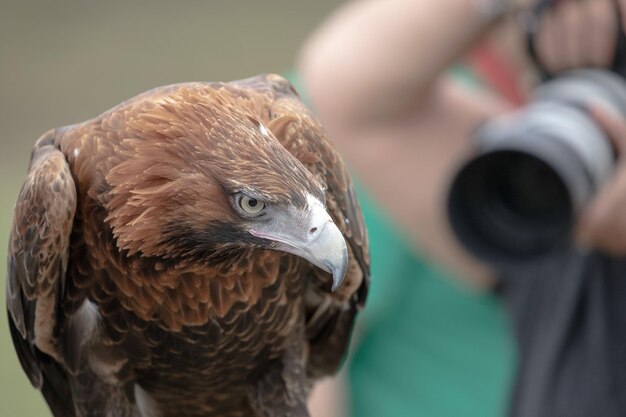Fascinating Facts about Hawks

Hawks are known for their incredible eyesight, which allows them to spot prey from great distances.
Did you know that hawks belong to the same family as eagles? They are known as raptors.
Hawks have curved beaks that are perfectly adapted for tearing apart their prey.
Hawks are swift flyers, with some species reaching speeds of up to 120 miles per hour.
Unlike many other bird species, hawks mate for life and remain loyal to their partners.
Hawks are widespread and can be found on every continent except Antarctica.
Hawks have a razor-sharp sense of hearing, which helps them locate prey even when it’s hidden.
Hawks are superb hunters and have been observed using strategy and tactics to catch their prey.
Did you know that hawks have specialized feathers on their wings that reduce noise during flight?
Hawks have long legs and sharp talons, which they use to catch and hold onto their prey.
Hawks go through an annual molt where they shed and replace all their feathers.
Some hawk species migrate over vast distances, covering thousands of miles each year.
Hawks are apex predators, meaning they are at the top of the food chain in their ecosystems.
Hawks are capable of seeing ultraviolet light, which helps them track the movements of small mammals.
Hawks have excellent spatial awareness, enabling them to navigate through complex environments.
Hawks have incredible grip strength, allowing them to carry prey that is many times their own weight.
Fascinating Facts about Hawks part 2
Hawks often build their nests high up in trees, providing them with a vantage point to spot potential prey.
Hawks have a keen sense of balance, enabling them to gracefully land and take off from perches.
Some hawk species have distinct calls that they use to communicate with their mates and offspring.
Hawks have brilliant eyesight during the day but struggle to see clearly in low light conditions.
Hawks are known for their ability to adapt to different habitats, ranging from forests to grasslands.
Hawks have a diverse diet, which includes small mammals, birds, reptiles, and even insects.
Hawks are highly territorial and vigorously defend their nesting sites from intruders.
Hawks have a lifespan of around 20 years in the wild, although some individuals have been known to live longer.
Hawks have specialized feathers on their wings that help them maintain stability during flight.
Hawks play a crucial role in controlling populations of small mammals, helping to maintain ecosystem balance.
Hawks have been revered in many cultures throughout history for their beauty, grace, and hunting prowess.
Hawks have a unique ability to lock their talons in place, allowing them to carry prey mid-flight.
Hawks have a third, transparent eyelid called a nictitating membrane that protects their eyes while hunting.
Hawks have an impressive wingspan, with some species reaching lengths of up to four feet.
Hawks are solitary animals, typically only interacting with others during the breeding season.
Hawks have been known to engage in aerial displays and acrobatics during courtship rituals.
Hawks have a highly efficient respiratory system, enabling them to maintain their energy during long flights.
Hawks have strong beaks that are capable of severing the spinal cords of their prey.
Hawks are opportunistic hunters and will take advantage of any available food source.
Hawks are migratory birds that follow the same routes year after year, using landmarks and celestial cues to navigate.
Hawks have excellent depth perception, which helps them accurately judge distances while hunting.
Hawks have a strong sense of smell, enabling them to locate prey even when it’s hidden.
Hawks have powerful muscles in their wings, allowing them to soar effortlessly for long periods.
Hawks have distinct plumage patterns that vary across different species, making them easy to identify.
Hawks have a high metabolism, requiring them to hunt and consume food frequently.
Hawks have been observed using thermals, updrafts of warm air, to gain altitude and conserve energy during migration.
Hawks have a prolonged maturation period, with young birds taking several years to reach adulthood.
Hawks have sharp, hooked beaks that are perfect for tearing into flesh and consuming their prey.
Hawks have excellent hunting success rates, with some studies showing they catch their target prey more than 70% of the time.

